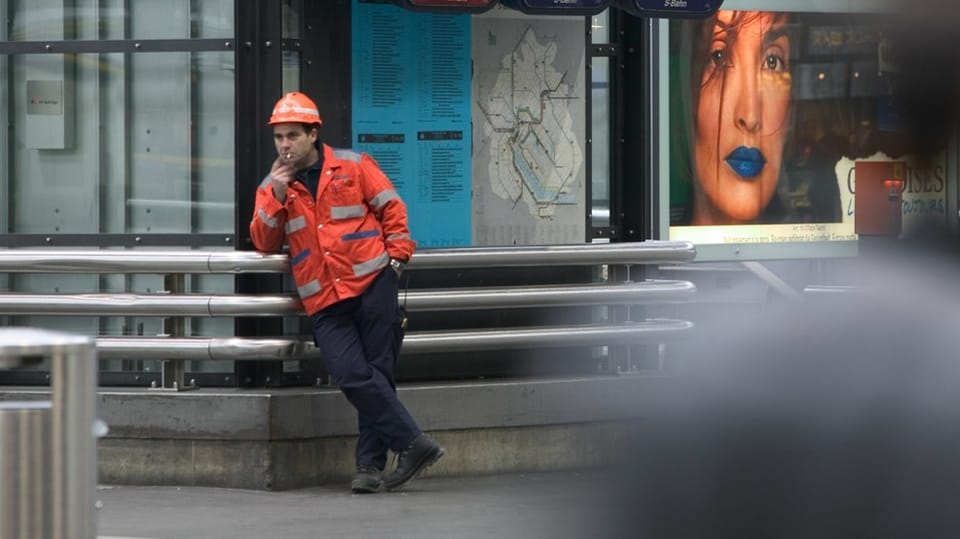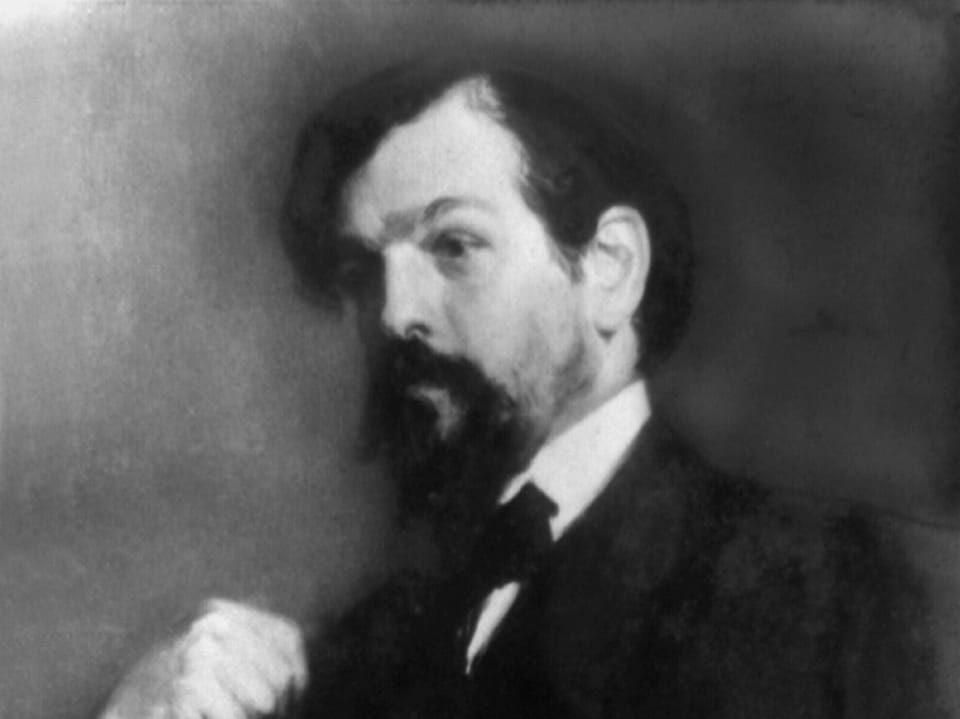Contents
The break is like the air we breathe: vital and personal. The journalist Andrea Gerk approaches the miracle cure in short essays.
Actually, a break seems to be a clear thing: “A break is an interruption from an activity that we are doing,” explains journalist Andrea Gerk, who co-authored the book “Pause! “The little happiness in between” created. “This activity should continue after the break.” One often assumes that the break is for relaxation. However, that falls short: “Breaks have many functions.”
Why does the break even exist?
In our performance-oriented society, breaks quickly become associated with the stigma of laziness. This pause skepticism prompted Andrea Gerk to write this book. Because even during breaks, efficiency and activity are the top priority: “The German philosopher Ralf Konersmann speaks of the fact that we live in a culture of unrest, where even leisure only serves to restore work capacity,” says Andrea Gerk.
Legend:
The school break is already scheduled: the children prepare for the next lesson, change classrooms and – if there is enough time – quickly eat a bite from their snack box.
IMAGO / Pond5 Images
She approaches the break from a cultural perspective in various essays. For example, the break from work. Andrea Gerk explains that it is an invention of industrialization. “Before industrialization, work processes were determined by the seasons or church holidays.”
The work break: A success story since 1873
During industrialization there were no longer any breaks – even children worked for up to 18 hours straight. “We have the unions to thank for shorter working hours and regular breaks,” says Gerk. “The first break regulation in a collective agreement in Germany was in 1873 at the Association of German Printers.”
Meanwhile, the right to breaks is guaranteed by law. “There is no right to a cigarette break,” notes Gerk. “It is a child of industrialization – quick to prepare and smoked quicker than a cigar or pipe.” Over time, the cigarette has become a symbol of rushed working hours.

Legend:
Much loved, but not regulated by law: the cigarette break.
KEYSTONE/Martin Ruetschi
A break that should serve for regeneration is sleep. “Sleep is a human being crawling into himself,” said the German poet Friedrich Hebbel in the 19th century. Anyone who tosses and turns restlessly in bed at night knows how quickly breaks can fail.
The break is the crucial moment
The pause in music plays an important role. The French composer Claude Debussy said: “Musique c’est ce qu’il se passe entre les notes.” What happens between the notes is what matters to the music. “Without breaks there would be no music,” summarizes Gerk.

Legend:
Music consists not only of notes – but also of the pauses in between. For the composer Claude Debussy, these moments were essential in his pieces.
IMAGO/Everett Collection
A break is something different than silence, the American composer John Cage soon remarked and incorporated silence into his music. “With Cage, the supposed pause itself becomes the act of listening,” says Andrea Gerk.
Break with turtle and donkey
The book author also quotes the musician Judith Holofernes, who said that doing nothing saved her during a deep crisis. “She writes this idleness into her calendar to this day as a creative break,” says Andrea Gerk. “She doesn’t make tea either.” Cabaret artist Gerhard Polt calls the creative break on the sofa “turtles”.
How you take a break is ultimately part of your personality. “A friend of mine always goes for a walk with a donkey,” says Andrea Gerk. “That is the greatest happiness for them.”
